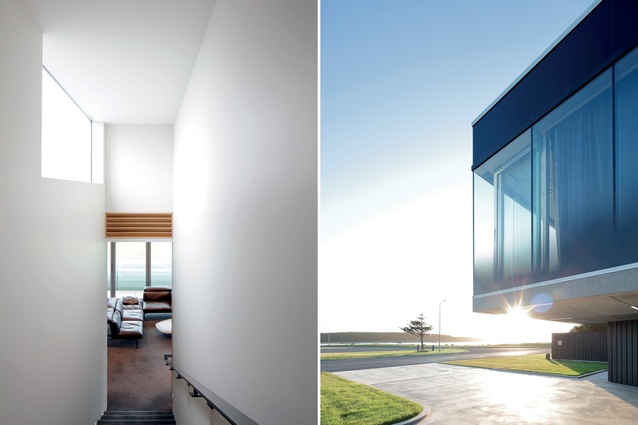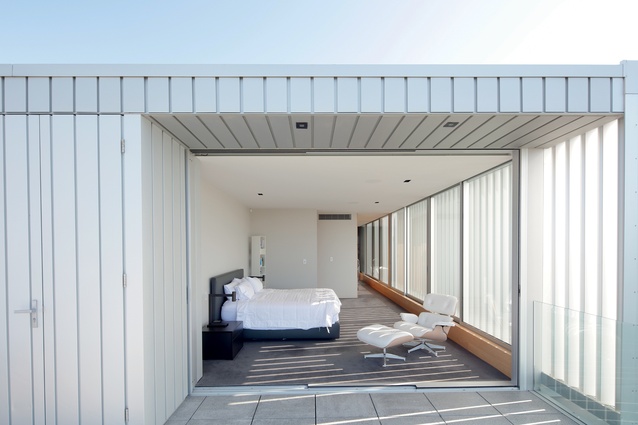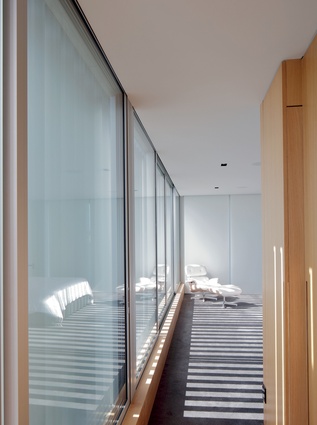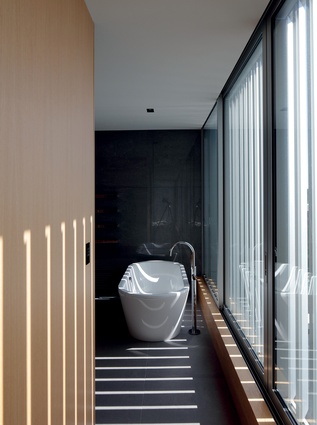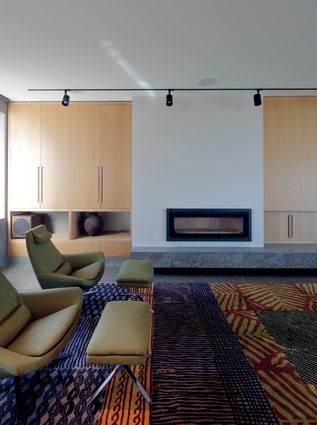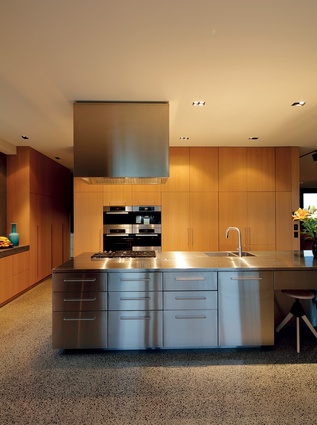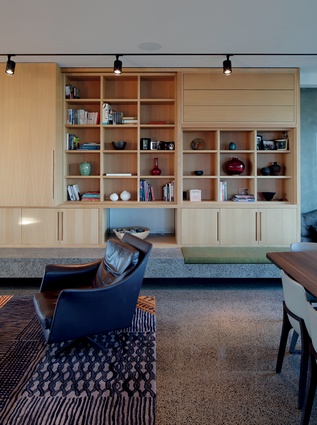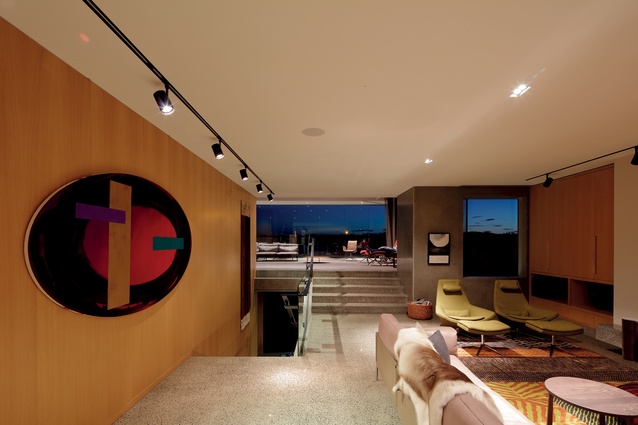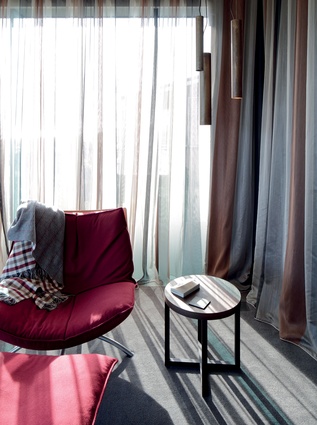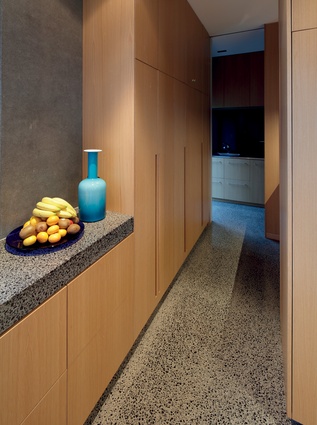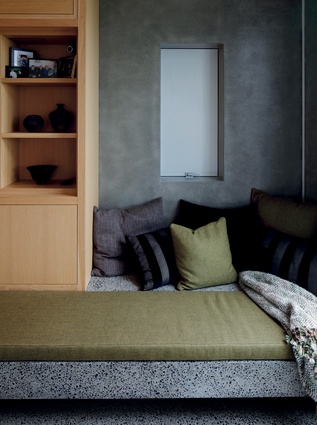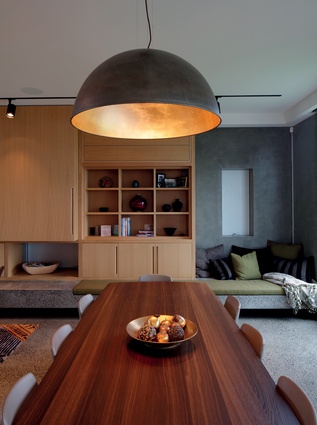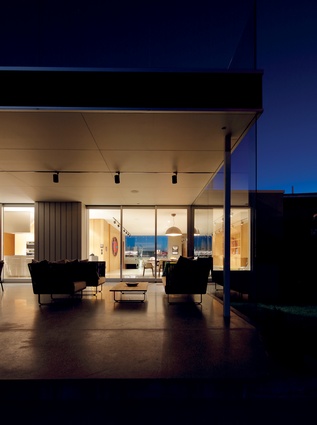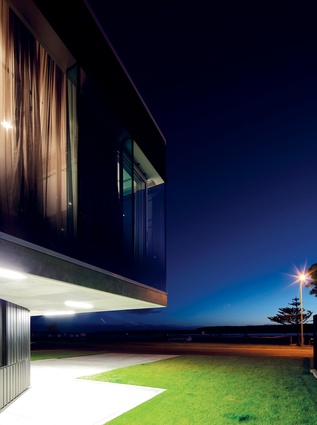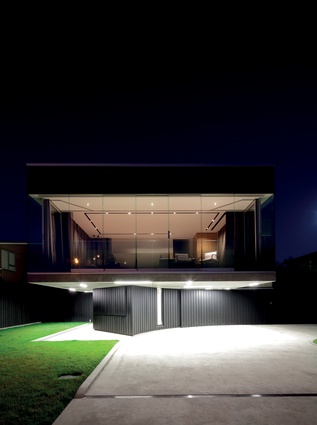Beyond the sea
A visual and physical relationship between indoor and outdoor spaces is frequently a design-driver, especially when building in a picturesque coastal location. But it’s not always a straightforward proposition.
After years spent holidaying at their bach in Foxton, these homeowners decided to make the move to full-time seaside living, and hired Patterson Associates to design a new home.
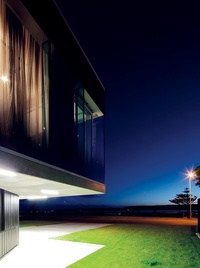
Foxton’s location on the west coast of the North Island make wind and sand an ever-present consideration. But in this case, Patterson explains, the potential impact of climate change was the primary concern.
“Much of Foxton has been designated a flood zone, due to rising sea levels, so dealing with that – more than the sand and wind – was the biggest challenge to the site. The site itself is on the estuary [near the mouth of the Manawatu River] so in fact, it’s in a very sheltered location. But we had to find a way to address the likelihood of rising water.”
The physical form of the house, as well as the internal spatial configuration, is a thoughtfully designed prescription of maximising the positive and minimising – or even mitigating – the potentially negative.
Viewed from the front, the large, glass-walled main volume appears to sit atop a relatively small, slightly offset, pedestal-like volume. Upon closer inspection, it’s apparent that the plinth broadens on either side, seamlessly morphing into a rear retaining wall that runs parallel to the street, and then sharply corners to become a perpendicular boundary delineator on either side. The wide, flat driveway and unadorned, close-clipped lawn adds to the striking simplicity of the front elevation.
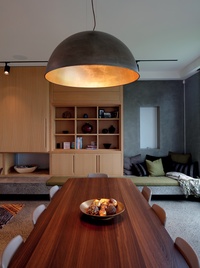
Constructed of concrete, the plinth and wall serve to elevate the main living spaces well above any potential floodwaters, and ameliorate any erosion. “The rooms on that low
est level are all secondary spaces,” says Patterson. “That entire structure has been designed to withstand a certain amount of incoming water without incurring any real structural damage.”
Behind the retaining wall, the ground has been built up to meet the main level, and the living room opens up to a generous covered terrace which steps down to meet the lawn.
The main volume is the complete antithesis – a nearly transparent form, with a glass-enclosed balcony wrapping around the front to take in the surrounding views. “Enclosing a balcony [with glass] is something I do frequently. In our changeable climate, especially on the coast, it allows what’s considered to be an ‘outdoor space’ to be used comfortably nearly year-round,” says Patterson.
The open-plan public spaces, which circulate around the main stairwell, are predominanted by the cool tones of white walls and grey terrazzo floors; augmented by warm, pale wood cabinets. This restful, yet sophisticated, composition is punctuated with bursts of colour – sage green, gold, carmine and aubergine – from fabrics, area rugs and artwork.
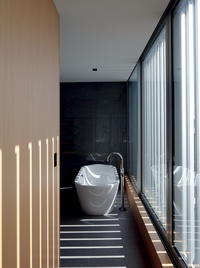
While horizontal lines and straight-sided geometric forms prevail in the cabinetry and joinery detailing, this is softened through occasional circles – seen in the light fixtures – and strategic elements of tactility – from the billowing lightweight draperies, to the comfortably upholstered furnishings and abundant accent cushions.
The mostly white master suite is a study in minimalism, but grey carpet underfoot and an abundance of natural light, complemented by expansive views, ensures the ambiance is restful, as opposed to austere.
Hidden from the street, behind the unbroken stretch of retaining wall, the rear garden is a seamless extension of the interior public spaces. A deep, wide concrete terrace is enclosed on two sides, and steps down to the flat grassy area.
Along with the desire to bring nature in, this home proves that, sometimes, equally imaginative and elegant solutions can spring from the desire to keep the outside out.

